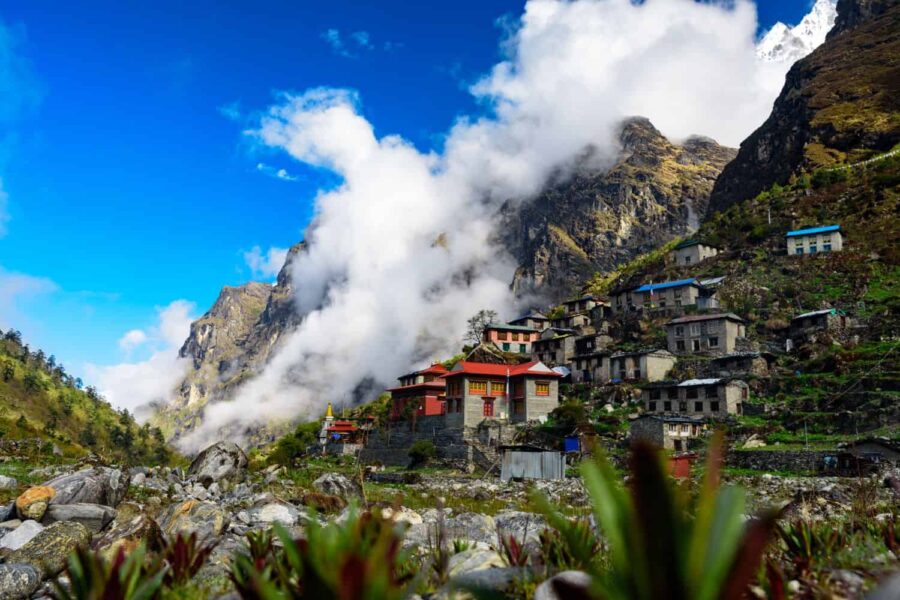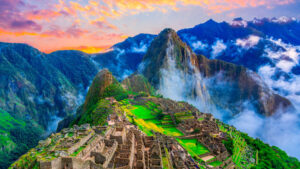Mount Everest isn’t just a mountain—it’s a living testament to nature’s raw power and humanity’s unyielding desire to conquer the impossible. Nestled on the border between Nepal and Tibet, this colossal peak has attracted adventurers, scientists, and cultural historians for decades. If you’re serious about understanding what makes Everest tick, then buckle up. This isn’t a sugar-coated fairy tale; it’s the real, unfiltered story of the world’s highest mountain.
A Brief History and Geography of the Colossal Peak
Standing at 8,848.86 meters above sea level, Mount Everest is the zenith of the Himalayas. Its formation began millions of years ago as the Indian tectonic plate collided with the Eurasian plate—a dramatic reminder of the Earth’s dynamic nature. Located in the Khumbu region of Nepal and extending into Tibet, Everest has been revered by local communities for generations. Sherpas in Nepal and Tibetan Buddhist monks have long seen this giant as more than just a physical challenge; it’s a symbol of spirituality, resilience, and the sheer force of nature.
The mountain’s geography is as brutal as it is beautiful. With its treacherous icefalls, crevasses, and unpredictable weather, every step on its slopes tells a story of human courage and nature’s indomitable will. Modern climbers come equipped with state-of-the-art gear and high-tech gadgets, yet nothing can fully prepare you for the raw, unforgiving conditions that have claimed countless lives over the years.
The Reality of Climbing: Not Just a Thrill-Seekers’ Dream
Everest has a magnetism that draws the adventurous—and sometimes the foolhardy. Climbing expeditions are a mix of meticulous planning, sheer determination, and, frankly, a lot of luck. The summit is a prize that comes at a steep cost, both physically and mentally. Acclimatization, extreme weather, and the constant threat of avalanches or crevasse falls make every ascent a battle against nature’s harshest elements.
The climbing culture on Everest is evolving. While decades ago, only the most elite mountaineers dared to challenge its slopes, today a wider range of adventurers, including amateur climbers, attempt the feat. This democratization of Everest climbing has led to issues like overcrowding, environmental degradation, and even dangerous delays in emergency situations. If you’re planning an expedition, be prepared for a no-nonsense, cutthroat environment where survival is never guaranteed. It’s a stark reminder that the mountain doesn’t care about your Instagram likes or personal glory—it’s all about raw survival.
Cultural Significance: The Spirit of Nepal and Tibet
Everest is as much about cultural heritage as it is about climbing. For the Nepalese and Tibetan people, the mountain holds deep spiritual meaning. In Nepal, the Sherpa community sees Everest as a guardian deity, a sacred symbol that connects the earth to the heavens. Their traditions and rituals reflect a profound respect for nature, a perspective that many modern climbers often overlook in their rush to conquer the summit.
Across the border in Tibet, the mountain is equally revered. Tibetan Buddhism regards Everest as a source of spiritual energy, a place where the physical meets the metaphysical. This cultural richness offers a counterbalance to the commercialism of high-altitude tourism. It’s a reminder that amidst the noise of modern adventure and the pursuit of records, there’s an ancient wisdom that values balance, respect, and humility.

The Environmental and Societal Challenges: No Sugar-Coating the Truth
Let’s get real: Mount Everest is at a crossroads. The increasing number of climbers, along with waste left behind on its slopes, has sparked a serious environmental debate. Climate change is exacerbating the situation, melting glaciers faster than ever and destabilizing the delicate ecosystems that have thrived for millennia. The mountain’s beauty is marred by a growing trail of human impact, and there’s an urgent need for sustainable practices.
Tourism in Nepal and Tibet is booming, driven by the allure of Everest. However, this influx of visitors comes with a heavy price. Local communities often bear the brunt of environmental degradation and cultural dilution. The challenges are enormous, and if we don’t take decisive action now, the very essence of Everest—its mystique and raw natural beauty—could be irreparably damaged.
Looking Forward: Sustainable Tourism and the Future of Everest
The future of Mount Everest is a call to action. The age-old peak demands respect, not exploitation. Both Nepal and Tibet are at the forefront of trying to balance economic gains from tourism with the need to protect this natural wonder. Innovative solutions, stricter regulations, and community-driven conservation efforts are the way forward.
There is a growing realization among climbers and local authorities alike: preserving Everest isn’t just about saving a mountain—it’s about saving a legacy. The conversation is shifting from one of conquest to one of coexistence. As we move forward, the focus should be on responsible climbing practices, better waste management, and preserving the cultural heritage that makes Everest so unique.
Video Nepal and Tibet
Conclusion: The Unvarnished Truth of Mount Everest
Mount Everest is a mountain that offers no illusions. It’s a realm where the forces of nature and human ambition collide in the most raw and unfiltered ways imaginable. From its geological origins to its role as a cultural and spiritual icon in Nepal and Tibet, Everest stands as a challenge, a blessing, and a stark reminder of the limits of human endeavor.
If you’re drawn to Everest, approach it with open eyes and a clear mind. Understand that while the thrill of conquering the summit is undeniable, the true reward lies in the journey—the deep connection with nature, the lessons learned from the local cultures, and the humility that comes from standing on top of the world. This is not just a destination for the bravely curious; it’s a testament to the relentless spirit of exploration, a narrative written in ice and stone.
In a rapidly changing world, Mount Everest continues to be a beacon of both human aspiration and environmental caution. The mountain tells us to push forward, yet it also demands respect and responsibility. For those who venture into its realm, the experience is as transformative as it is unforgiving—a lesson in nature’s supremacy and a call to preserve its wonders for future generations.
Whether you’re planning your next expedition or simply marveling at the majesty of this Himalayan giant, remember: Everest is not just about reaching the top—it’s about understanding the immense challenges and profound beauty of one of Earth’s most extraordinary landscapes. Embrace the raw truth of Mount Everest, where every climb is a journey into the heart of nature’s most daunting, awe-inspiring challenges.



